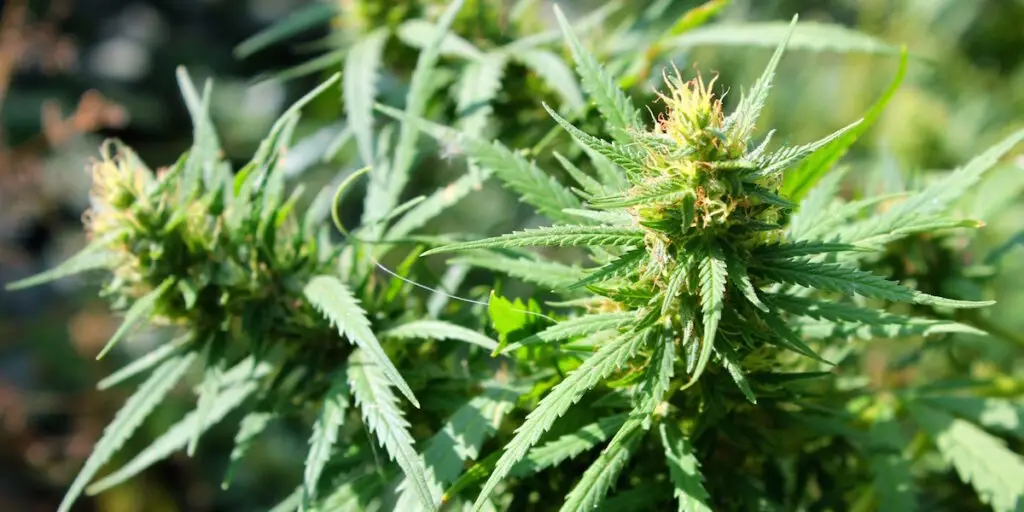The following is excerpted from an online article posted by Scientific American.
What people need to know is that cannabis is simply not the same as the original plant used in the 1960s through 1980s and even as recently as 10 years ago. These new strains of cannabis are highly potent, making them more addictive and potentially more dangerous, and we are still trying to understand what it does to developing adolescent brains. As a scientist and a parent, I recommend that adolescents avoid using cannabis until at least their mid-20s, but I realize that this may not be the most realistic advice. If your teens are going to use today’s cannabis, it is critically important that you be aware of the data that show what a different beast this substance has become and the risk of major mental health issues.
All cannabis products contain a mix of delta-9-tetrahydrocannabinol (THC), the intoxicating component of the cannabis plant, and cannabidiol (CBD), which may have anxiety-reducing properties. In the 1990s the marijuana in a typical joint contained about 5 percent THC.
But genetic modification has drastically increased THC potency; from 1995 to 2015, there has been a 212 percent increase in its content in the average cannabis plant. From 1995 to 2022, THC content in the average cannabis product increased by 307 percent, from 3.96% to 16.14%. And it’s not just joints or pot brownies; with the legalization and commercialization of cannabis, there are few limits on the levels of THC for products like fast-acting vape pens and edibles.
The risk of psychosis rises with the higher potency of THC, the earlier one starts using, and more frequent use. A Canadian research team studying over 11,000 teens found that for cannabis users, there was an 11-fold increase in the risk of developing a psychotic disorder compared with non-users. In light of such daunting data, some researchers have begun sounding the alarm. But we are struggling to get this information to the people who most need to hear it: parents, educators and legislators.
Another big question we are trying to answer: Why is the increased risk of psychosis so profound in teens? The researchers in my field think it has something to do with the profound rewiring that happens in adolescent brains, which continues into our early 20s. That’s when psychotic disorders typically start.
To read the entire article, click the source link below.
Source: Scientific American
https://www.scientificamerican.com/article/the-link-between-cannabis-and-psychosis-in-teens-is-real/



